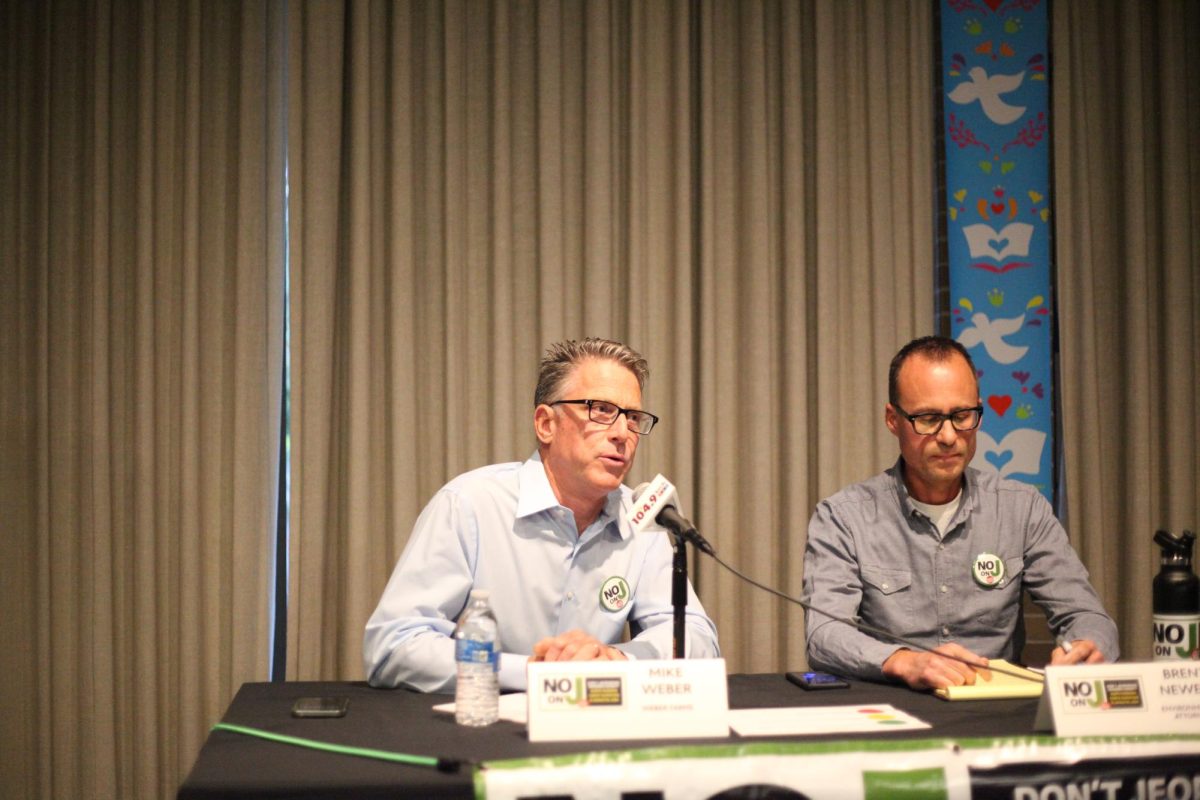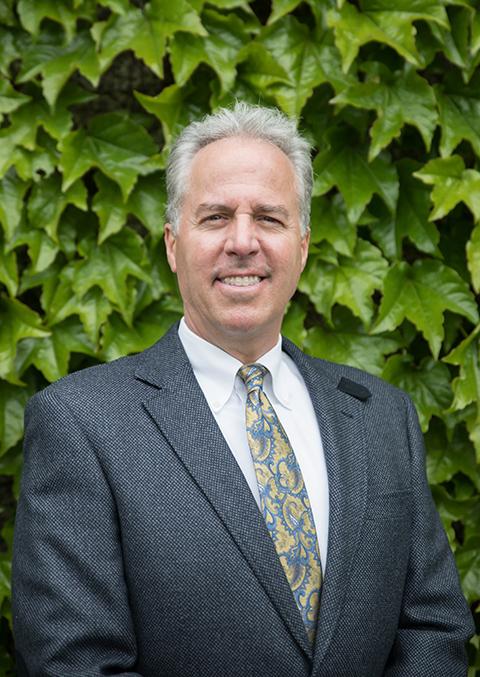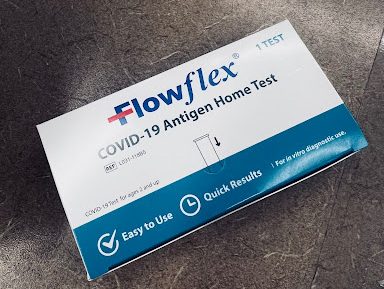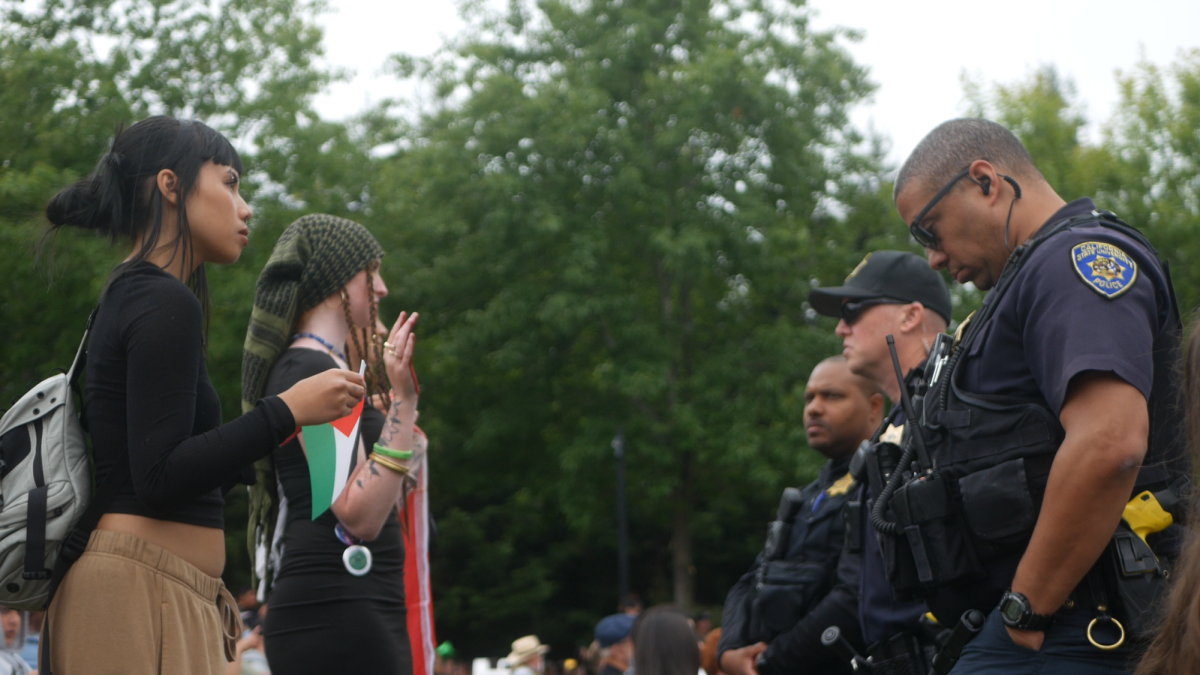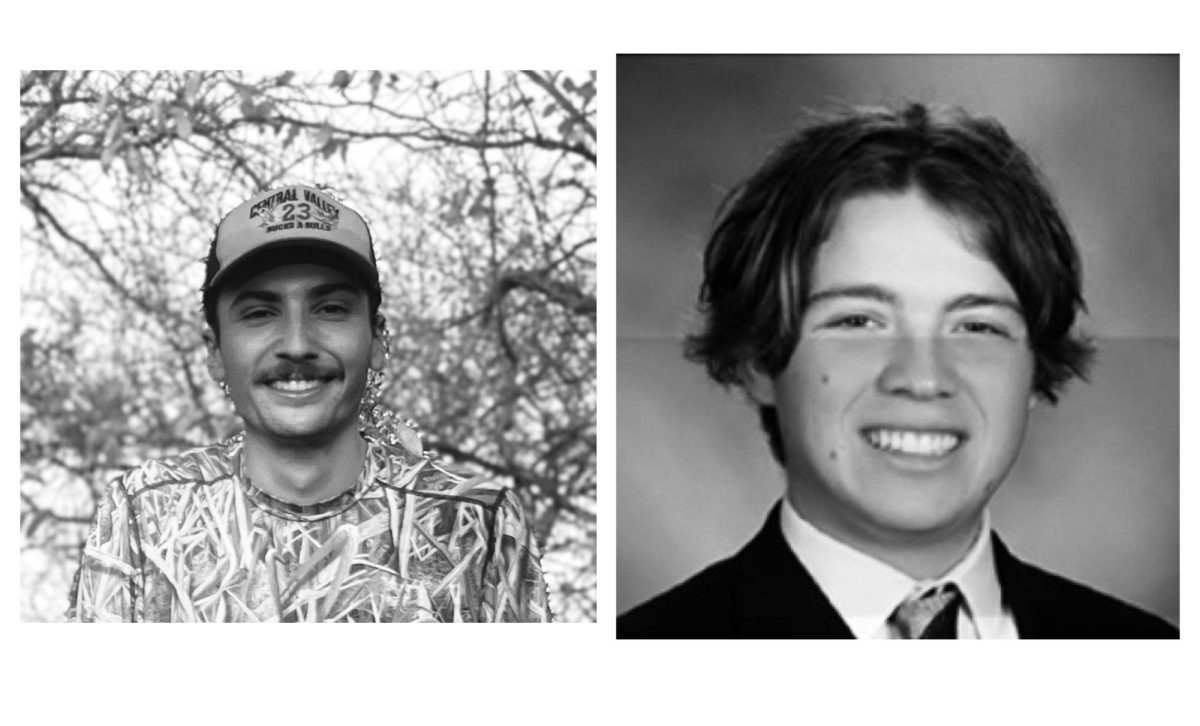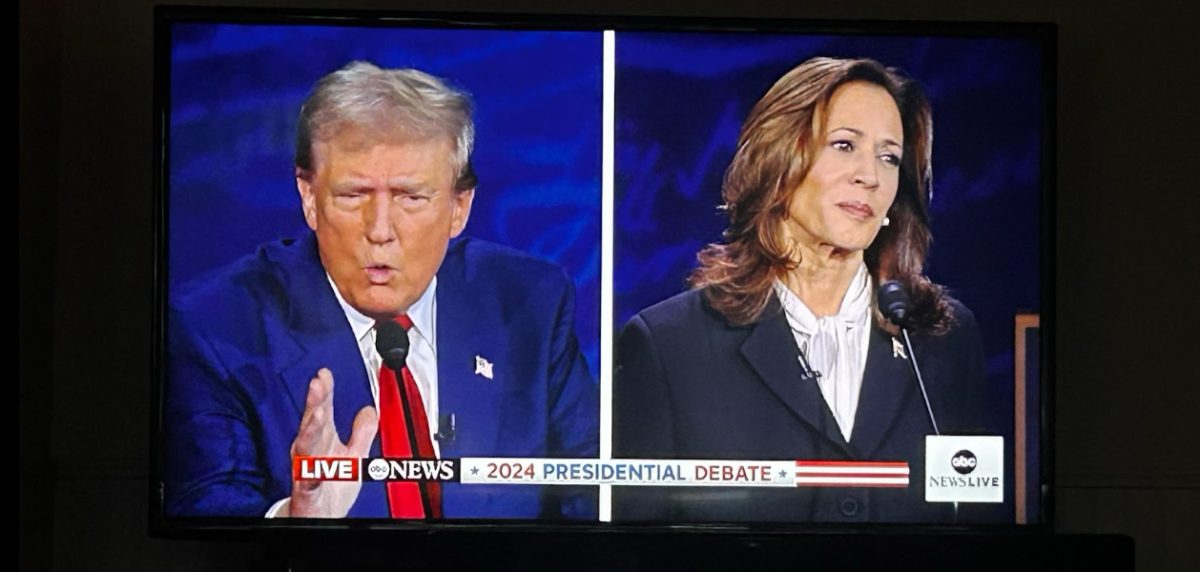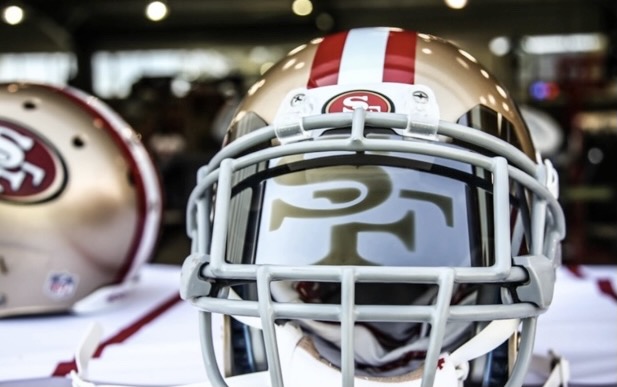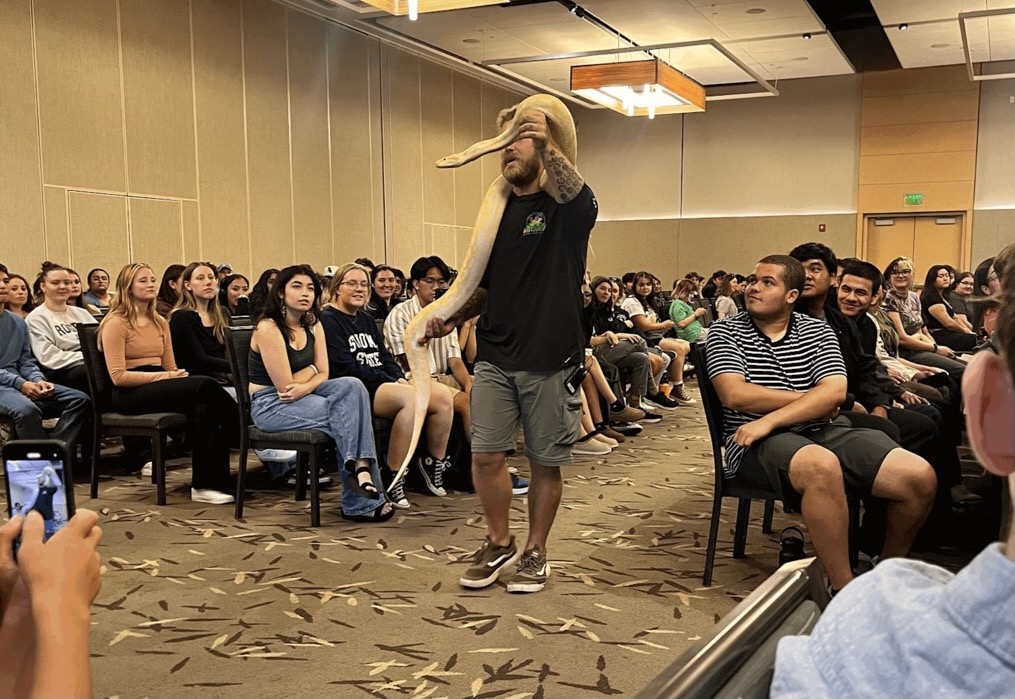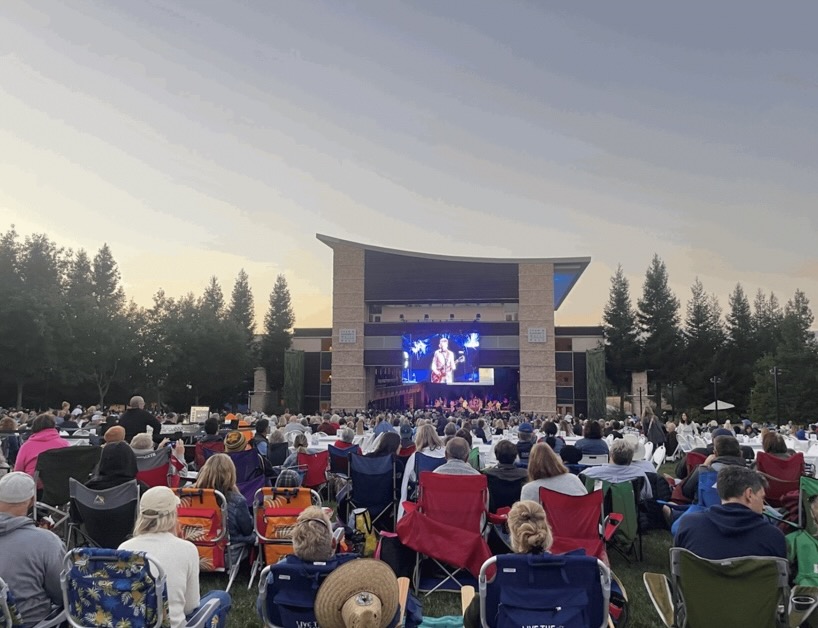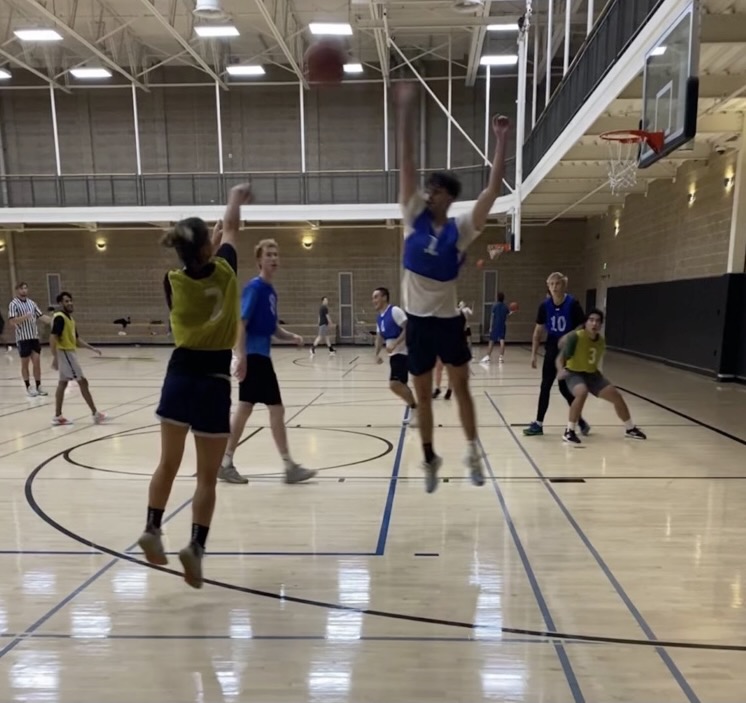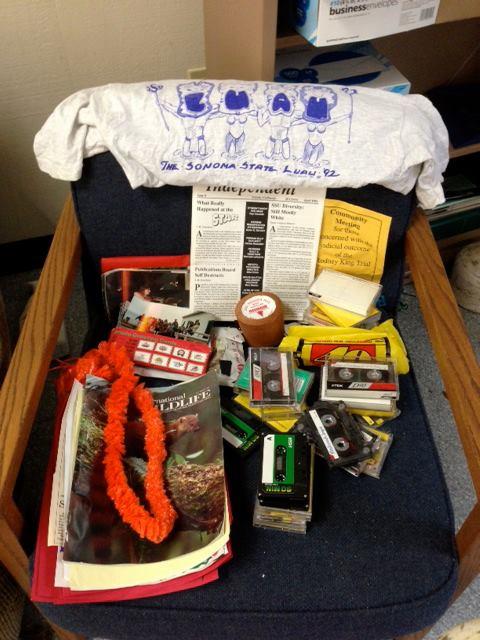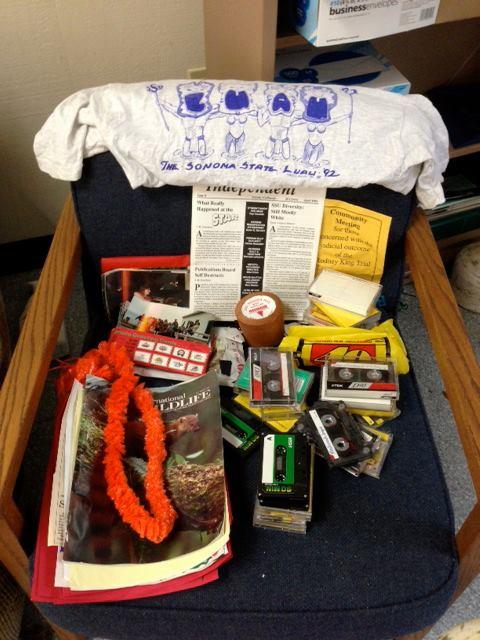They say history repeats itself; at SSU, students’ evidence of the past is firsthand. On Feb. 7, SSU Residential Student Association buried a time capsule to be opened 20 years from now.
Last spring, SSU students unearthed a capsule from 1992 that contained pictures, an issue of the STAR, floppy disks, cassette tapes and a JUMP t-shirt that strongly resembles the current design.
The pictures made it clear what era of recent history was represented, with bright tie-dyed clothes, Wayfarers, and baggy plaid shirts.
The new capsule was signed by those in attendance, most writing their names and years of commencement; the recent rain made signing a bit difficult, and students sought shelter underneath plastic tents overhead.
The inside of the capsule contained pictures of Residential Student Association events, pictures from the Student Center opening ceremony, pictures of the Green Music Center, various pamphlets from around campus, People magazine’s 2013 year in review issue, a plate signed by dining services, menus from the Student Center, a “swag towel” from the Recreation Center, tons of “selfies” of students, letters to the future and t-shirts from campus organizations.
“Lots of pictures were included to show them what life was like,” said Residential Student Associations leader Molly Rosenberg.
SSU was developed by the California State University system in 1960, and later gained university status.
In 1961, 250 students enrolled in the school that was temporarily based in various rented buildings throughout Rohnert Park.
The campus wasn’t established until 1966 upon the completion of Stevenson Hall and Darwin Hall, and is currently named as one of the top sustainability-aware campuses in the nation.
According to the SSU website, there were 40 bachelor’s degrees available in 1992, as well as several master’s programs.
The same year, about 900 students lived on-campus, compared to the 3,100 in 2013. In 1992 SSU welcomed current president Ruben Armiñana, who played a major role in the founding of numerous campus developments, including the Green Music Center and the new student center.
In 1992, the world was a very different place; gas cost $1.05 a gallon, the average yearly income was about $30,000, and Bill Clinton was elected as president.
The Cold War officially ended, “Wayne’s World” was released and Hurricane Andrew hit Florida, becoming one of the costliest natural disasters in American history.
The fashion scene included Birkenstock sandals and sagged jeans as well as numerous trends associated with the growing “grunge” scene. Nirvana’s album, “Nevermind,” reached number one on the billboard charts after its debut the previous year, while Sir Mix-a-Lot released his ever popular hit “Baby Got Back”.
The nicotine patch and DNA fingerprinting were invented in 1992, as well as AT&T’s introduction of the video telephone (a somewhat prehistoric version of facetiming).
Once the time capsule was signed and photographed, students hypothesized about what kind of future the next unearthing would take place in.
Hover cars and iPhone 35s were playfully mentioned, as well as the potential utilization of laser beams instead of saws to cut open the capsule.
Attendees anxiously pondered if In-n-Out burger would still be around in 2034, and what technologic advances would have been made by then.
The capsule itself stood about three feet tall and was covered in blue duct tape to preserve the outer body shell. The burial procedure includes wrapping the capsule in cellophane, and then pouring cement around it inside the four-foot-deep hole in the ground.
Its location is the same as the capsule from 1992, right next to police services in Verdot Village and a plaque will be placed over the capsule post-burial to mark the site for the next two decades.
One can only imagine what modern-day trends will seem comically outdated in 20 years.

